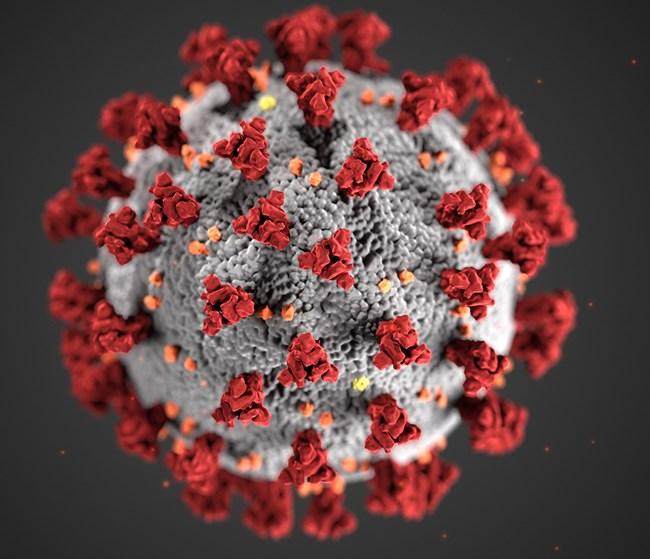Where We Work
See our interactive map


Image: CDC/Alissa Eckert, MS; Dan Higgins, MAMS
Open source, 3D-printable designs for ventilators and other medical equipment could help health workers respond to coronavirus.
As the COVID-19 pandemic makes its way across the globe, and even well-resourced health systems struggle with the availability of critical supplies needed to treat patients, initiatives have emerged in the hardware community looking to help solve the shortage of physical supplies.
When looking to bring the supply chain for critical goods closer to where they are needed in emergencies, Field Ready comes to mind. It has more certified open source hardware designs than any other organization, and many of the items in its catalogue—like its Air Pollution Face Mask, Oxygen Supply Fitting, Ventilator Connector, and other designs—could be useful for frontline health workers running low on critical items during this pandemic. Some designs are 3D-printable and some come complete with Ikea-style wordless assembly instructions.
One Facebook group is making furious progress toward developing an open source ventilator.
A main cause for concern globally is the lack of available ventilators to meet demand of sick patients. We’ve seen this in Italy. The hardware community is attempting to take on this massive challenge, too, and in surprising ways.
Facebook groups are not a typical platform for collaboration in the hardware community, but the Open Source COVID19 Medical Supplies group includes many of the brightest in the hardware community and is making furious progress toward developing an open source ventilator and other designs. They’re not the only ones. A variety of other ventilator projects are underway.
As of writing, Italy remains a hotspot for COVID-19 cases. Often underappreciated, particularly by Americans, as a center for design and manufacturing genius, Italy is taking on the challenge to minimize the ventilator shortage.
For example, a Milan Fab Lab is leveraging the region’s manufacturing talent and infrastructure to design and produce 3D-printed replacements for a ventilator valve that was in critically short supply. According to reports, 10 patients are currently breathing with the help of these 3D-printed valves.
The Right to Repair movement was already gaining steam in the United State and Europe before the crisis, but in a world where every broken ventilator is likely to result in personal tragedies, it can justifiably expect to build support.
Medical supply chains are about much more than just physical stuff.
In the United States, fears of ventilator shortages are also growing. The open source community is already looking to contribute.
Chai Bio, the creator of the seminal OpenPCR and the far more advanced, but somewhat less accessible Open qPCR, is close to releasing a kit to enable environmental detection of COVID-19.
Shingo Hisakawa, who has many years of experience making open source PCR accessible to more users, has his own project.
And the bio hacker community is also jumping in. You can read more about its efforts on Just One Giant Lab.
I often say that the truly difficult global problems are almost never purely technical ones; they are issues of how we as people organize ourselves to solve problems—or fail to solve those problems. Medical supply chains are no different. They are about much more than just physical stuff: laws and regulations to ensure quality and safety, trade rules, business models, intellectual property rules, workforces, institutions, and many other factors are at play.
The hardware community’s approach to the crisis may hint at what the future will look like.
The Italian team that 3D printed the ventilator valves say they were threatened with a lawsuit by the original design’s manufacturer. While outrage at that response comes easily, it cannot readily be untangled from existing expensive certification regimes for medical equipment and legal standards for enforcement of copyright.
As with the terror attacks of September 11, 2001, the world after this crisis will be different in important ways than it was before. It is hard now to see what those changes will be, but it is a safe bet that it will include changes in the way the world sees supply chains. The hardware community’s approach to the crisis may give hints of what that future will look like.
This post was originally published on Digital @ DAI.
Get the latest updates from the blog and eNews




